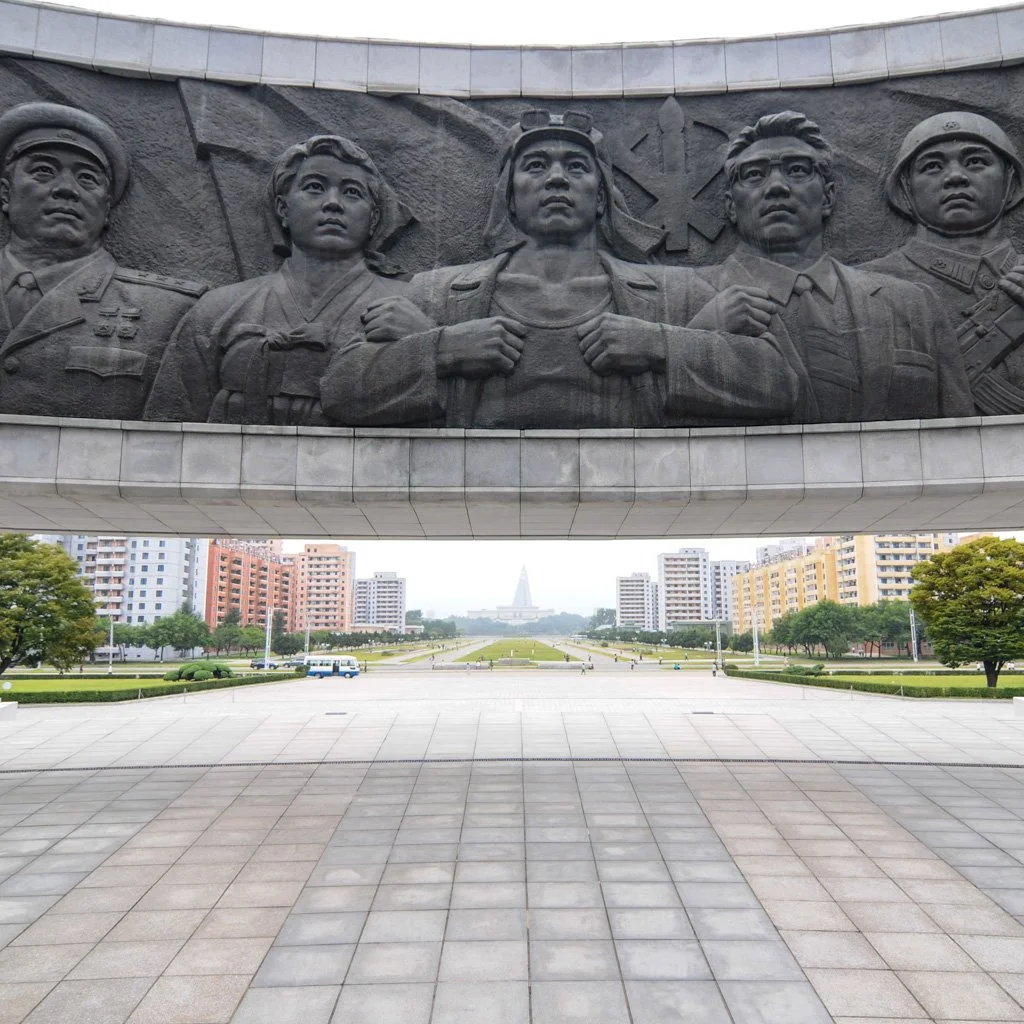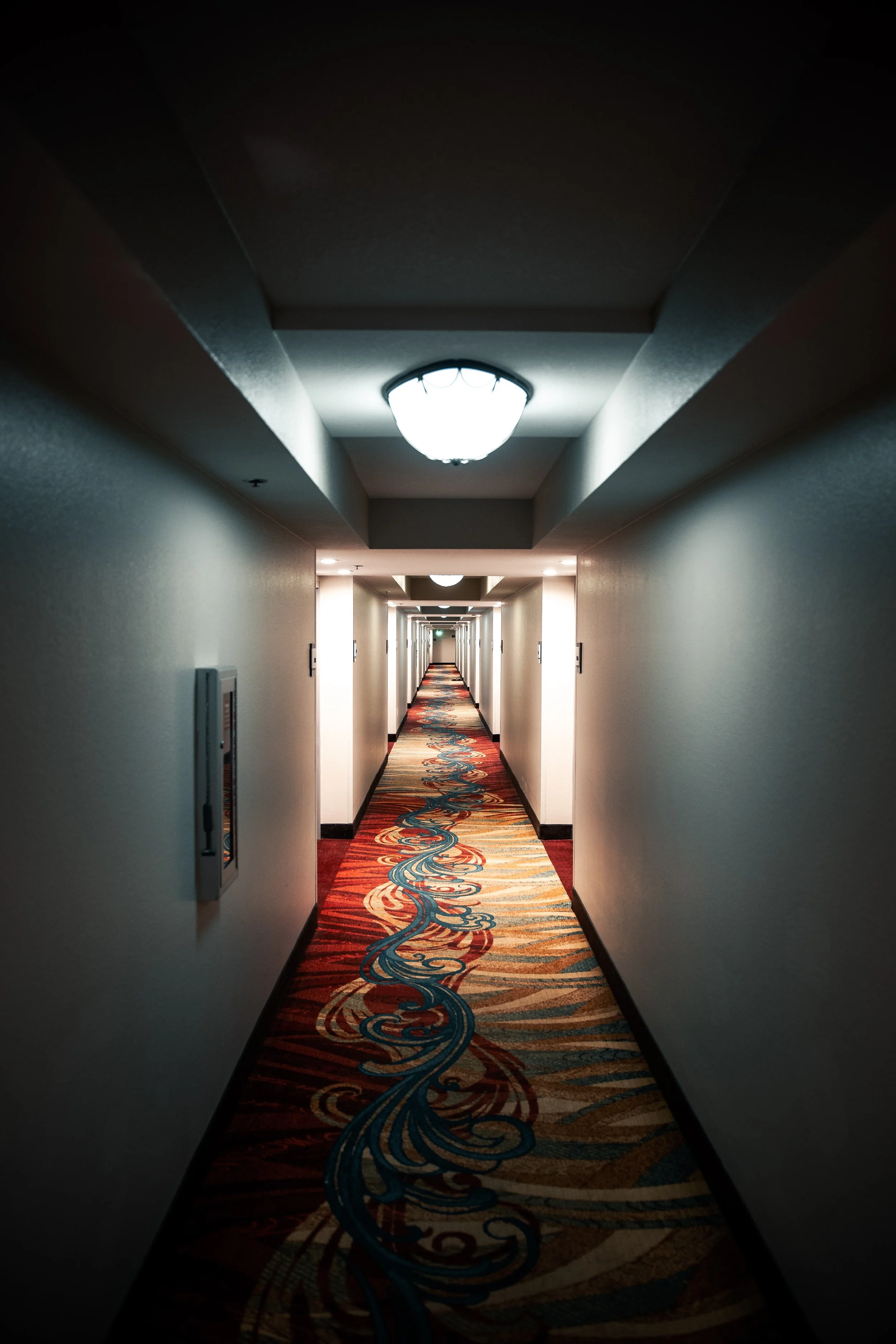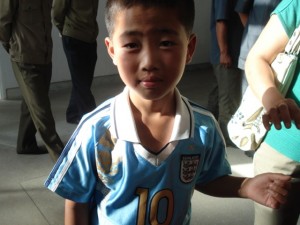North Korea recently made some tax changes to firms operating in the Kaesong Industrial Complex. As tax policy is one area we will be covering in our training programs in North Korea (read this and this), the tax changes were interesting to us. You can read more about the package of changes at Korea Times and Joongang Ilbo. Key related points include:
1. North Korea can reassess tax rates based on its own calculation of output prices and input costs if it deems the reported profits artificially depressed
2. North Korea can impose up to 200 times the amount of money involved for companies caught committing accounting fraud
3. North Korea dropped clauses prohibiting retroactive taxation
Given that the changes are recent, it remains to be seen how these will be implemented in practice. At the heart of the dispute appears to be transfer pricing and tax evasion. Transfer pricing is a practice whereby companies sell to their subsidiaries or entities overseas at depressed prices or purchase input from subsidiaries overseas at inflated prices, moving profits to more favorable tax regime. Given that this is an intra-firm transfer, companies can theoretically optimize their tax burden. Many countries have adopted rules governing transfer pricing to prevent such activities.
It is uncertain if the firms engaged in transfer pricing in Kaesong actually report their profits overseas – falling more into the tax evasion category of things. While South Korea reports the earnings of firms in Kaesong, and quite a few North Korea analysts have taken these reports at face value, I am somewhat suspicious of these reported numbers. Having talked to some businesspeople in the zone who claimed to be doing well, I would not be surprised if some firms in Kaesong artificially depress their reported earnings to minimize their tax burden.
While transfer pricing is definitely an issue, these changes are business unfriendly, especially the incredibly punitive fines it allows North Korea to levy. Systematically, North Korea needs upgrades to its audit infrastructure, including encouraging or even subsidizing auditors to set up shop in the country. Without such firms, there is significant room for disputes over the appropriate taxes companies need to pay.























